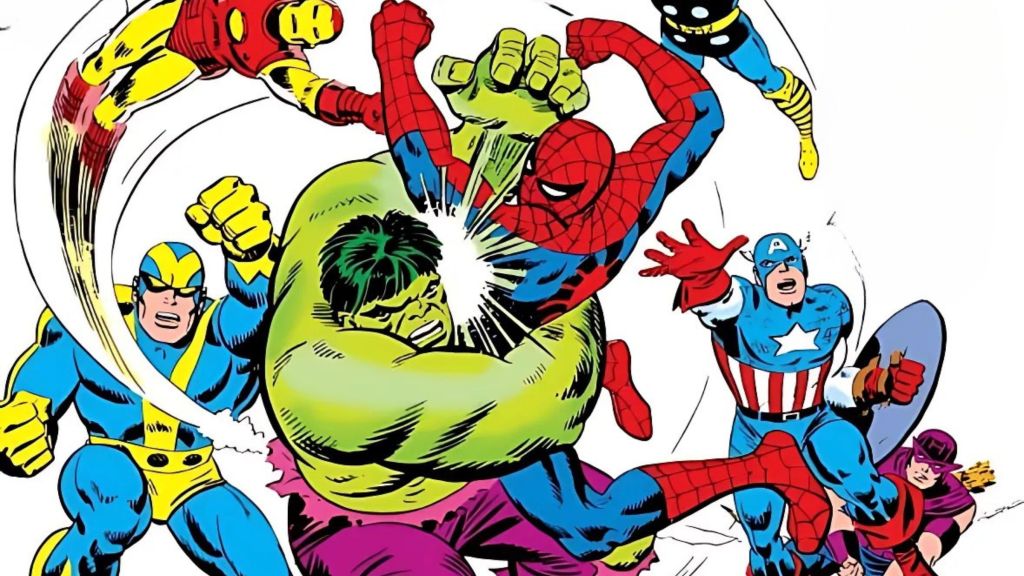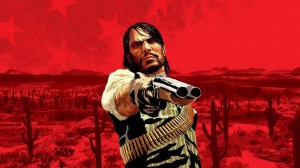Everyone knows Spider-Man as the pinnacle of heroism in Marvel, standing shoulder to shoulder with Captain America as the ideal of standing up for what’s right. Peter’s mantra is that with great power there must also come great responsibility, and this is known by millions even beyond the circle of comic book fans because of how deeply it resonates with us and shows us how to be better people. Spider-Man is one of the world’s greatest superheroes, but he did not start like that. In actuality, Peter was far from the near paragon that he is today. Back in the day, Spider-Man was a testosterone driven, fight hungry animal, and here’s the proof.
Videos by ComicBook.com
Spider-Man Was an Actual Menace

There’s this trope in superhero comics where when two heroes first meet they’re going to fight because of some misunderstanding or vague insult that hardly makes sense. This was near universally widespread back in the day, but in Spider-Man’s early years this was especially true for the Web-Slinger. Spider-Man was a stick of dynamite rage whose wick could be lit with a heated glance. For example, Spider-Man and the Human Torch are looked at as one of the best friendships in comics. Ignoring how Spider-Man’s first appearance was him breaking into the Baxter Building to fight the Fantastic Four because he thought that would get him a job, their meet-up in Amazing Spider-Man #8 from 1965 was just as disastrous. Spider-Man was in the neighborhood of Johnny’s then-girlfriend Doris when he saw she was having a big party. Johnny was showing off to his friends, and Spidey was so jealous he decided to terrorize them for attention. This led to a bloody-knuckle, no-holds-barred fight between the heroes. Eventually, Spidey is knocked to the dirt and the rest of the FF show up, with Mister Fantastic offering him a hand up and telling the teenagers to cut it out. Our Friendly Neighborhood Spider-Man proceeded to fly off the handle at the entire team before Sue talked him down and he left in a huff.
This is just one example of Peter fighting every hero he could see. He threw hands with Ant-Man in Tails to Astonish #57, battled the Hulk in Amazing Spider-Man #14, and Daredevil in Daredevil #17, despite the fact that he knew Daredevil was a hero and he fell for the most obvious ploy in the world. Beyond just fighting, Spidey was prone to very explosive bursts of anger. Like in the aforementioned Daredevil issue, where Spidey assumed Foggy Nelson was the Man Without Fear, and burst into his work office to threaten him into telling him about his perceived criminal plan, secret identity be darned. He thought he was too different from his classmates to connect with them, often rudely blowing them off when they tried to bridge the gap. He once got into such a heated argument with Flash Thompson that the two were put into a boxing ring to settle their differences, where Peter spent most of the time taunting Flash with his superhuman reflexes and trying to figure out how to hit him without turning his head to mush. Regardless if you think the bully Flash deserved it, this definitely wasn’t a very Spider-Man move in the modern sense. That was also in Amazing Spider-Man #8, funnily enough.
How Spider-Man Changed

In his early years, Spider-Man was full of anger, obsessed with his public perception, and even on some occasions directly stating that he was a hero because he enjoyed the action. The above panels are from Amazing Spider-Man #96, and while no one could ever argue Spider-Man wasn’t a hero because of his responsibility, he would near-regularly say this type of sentiment in the early 70s. So it begs the question of how Spider-Man changed from this into the heroic ideal we know today. Well, the main explanation is that he grew up. The early comics where Spider-Man would fight for no reason and rage over his lack of popularity were when he was a young man, from teenage years to early adulthood. Peter grew from his experiences as he aged, and his worldview expanded. He used to be a kid with a chip on his shoulder, but as he fought to save the world and got to know others who did the same, he started to wise up.
There isn’t a single issue that shows how much Peter changed in letting go of his anger, but just look at any modern Spider-Man comic to see it. He’s far more mellow, humble, and a lot less prone to losing his cool over someone insulting him. Peter’s life is practically a never ending chain of hardships one after the other, and yet he fights for the world with a smile on his face. He still gets angry, but these moments are the exception rather than the norm, nowadays. Spider-Man grew up, learning how to let go of the anger festering in him and choosing instead to be kind and understanding, even as that anger can still well up inside him. Spider-Man isn’t just one of Marvel’s best heroes, he’s the perfect template for how someone can become a hero. He was a scared, lonely kid who blamed himself for his uncle’s death, but he kept trying to help people, and through that became someone everyone can look up to. Spider-Man’s evolution is one of the best in comic books, and it should always be remembered and celebrated.









